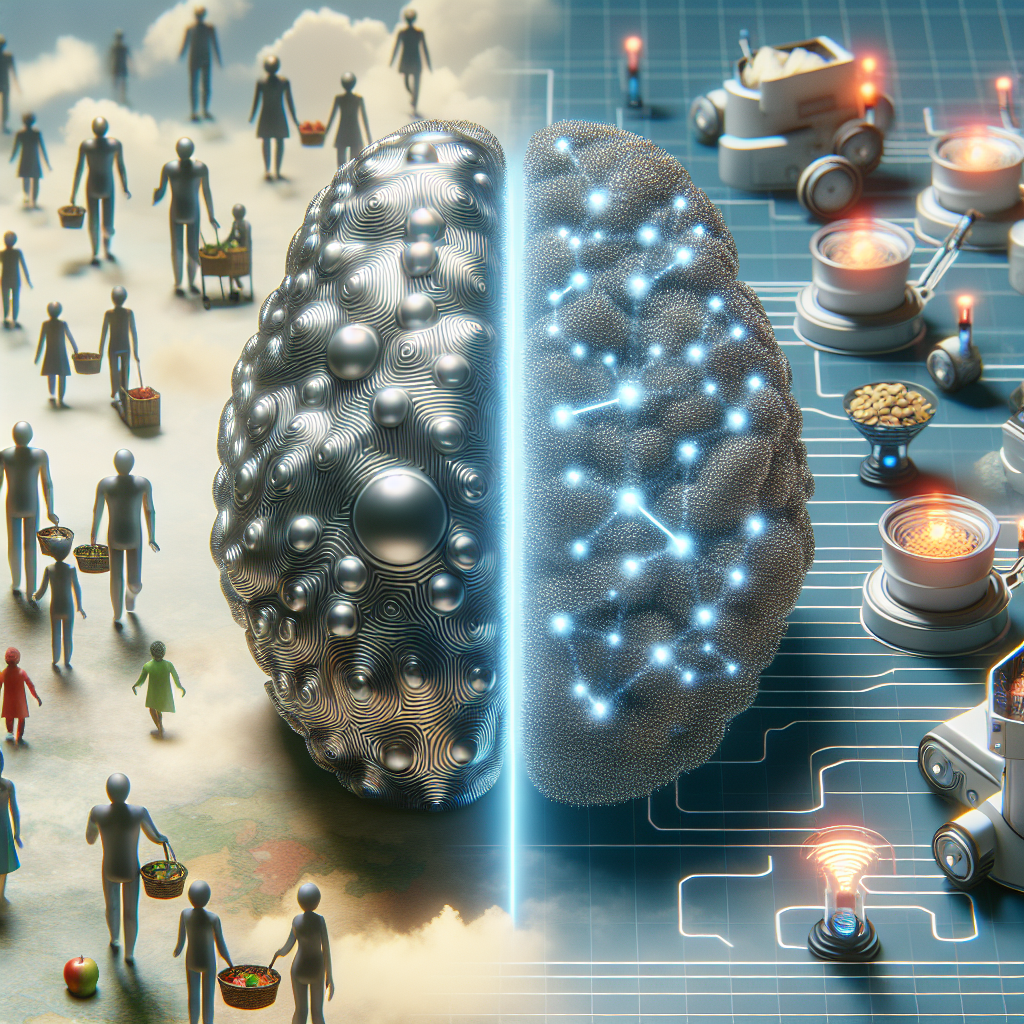In recent years, the rise of automation and artificial intelligence (AI) has had a profound impact on various industries, including philanthropy. Charitable organizations are increasingly turning to AI to streamline their operations, reach more donors, and make a greater impact in the communities they serve. This article will explore the role of AI in charitable organizations and how it is shaping the future of philanthropy.
One of the key ways AI is transforming philanthropy is through data analysis. Charities are collecting vast amounts of data on their donors, beneficiaries, and programs, and AI algorithms can help them make sense of this information. By analyzing patterns and trends in the data, AI can help charities identify potential donors, personalize their fundraising appeals, and target their efforts more effectively.
AI can also help charitable organizations optimize their operations and improve their efficiency. For example, AI-powered chatbots can handle routine inquiries from donors, freeing up staff to focus on more strategic tasks. AI algorithms can also help charities identify cost savings and streamline their processes, ensuring that more of their resources go directly to their programs and beneficiaries.
In addition to improving efficiency, AI can also help charitable organizations make a greater impact in the communities they serve. For example, AI algorithms can help charities identify areas of need and target their resources where they will have the greatest impact. By analyzing data on social trends and demographic factors, AI can help charities develop more effective programs and interventions that address the root causes of social issues.
One of the most exciting applications of AI in philanthropy is in the area of predictive analytics. By analyzing data on past giving patterns and donor behavior, AI algorithms can predict which donors are most likely to give in the future and tailor fundraising appeals to target those individuals. This can help charities increase their fundraising success rates and raise more money for their programs.
Despite the many benefits of AI in philanthropy, there are also challenges and concerns that need to be addressed. For example, there are ethical considerations around the use of AI in decision-making processes, particularly when it comes to allocating resources and making funding decisions. Charities need to ensure that their AI algorithms are transparent, accountable, and fair, and that they do not perpetuate bias or discrimination.
Another concern is the potential impact of AI on jobs in the charitable sector. As automation and AI technologies become more widespread, there is a risk that some roles in charitable organizations could be displaced. Charities need to invest in training and upskilling their staff to ensure they are equipped to work alongside AI technologies and harness their full potential.
Overall, the role of AI in philanthropy is a complex and rapidly evolving field. While there are challenges and concerns that need to be addressed, the potential benefits of AI in charitable organizations are significant. By harnessing the power of AI, charities can improve their efficiency, reach more donors, and make a greater impact in the communities they serve.
FAQs:
Q: How can AI help charitable organizations improve their fundraising efforts?
A: AI can help charitable organizations improve their fundraising efforts by analyzing data on donor behavior, identifying potential donors, and personalizing fundraising appeals. AI algorithms can also help charities optimize their fundraising campaigns and target their efforts more effectively.
Q: What are some examples of AI applications in philanthropy?
A: Some examples of AI applications in philanthropy include predictive analytics, chatbots for donor inquiries, data analysis for program optimization, and personalized fundraising appeals based on donor behavior.
Q: What are the ethical considerations around the use of AI in philanthropy?
A: Ethical considerations around the use of AI in philanthropy include transparency, accountability, fairness, and bias. Charities need to ensure that their AI algorithms are transparent, accountable, and fair, and that they do not perpetuate bias or discrimination.
Q: How can charities address the potential impact of AI on jobs in the charitable sector?
A: Charities can address the potential impact of AI on jobs in the charitable sector by investing in training and upskilling their staff to work alongside AI technologies. They can also explore opportunities to create new roles and responsibilities that leverage the capabilities of AI.
Q: What are some best practices for charities looking to implement AI in their operations?
A: Some best practices for charities looking to implement AI in their operations include conducting a thorough assessment of their needs and goals, investing in data infrastructure and analytics capabilities, ensuring transparency and accountability in their AI algorithms, and providing training and support for staff.

